Life
Sign up for our newsletter
We summarize the week's scientific breakthroughs every Thursday.
-
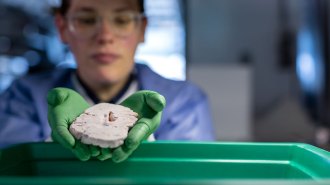 Neuroscience
NeuroscienceWhat human and mouse brains do and don’t have in common
A large comparison of human and mouse brain cells highlights key differences that could have implications for research on depression or Alzheimer’s.
-
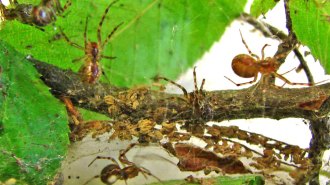 Animals
AnimalsWhy one biologist chases hurricanes to study spider evolution
For more rigorous spider data, Jonathan Pruitt rushes into the paths of hurricanes.
By Susan Milius -
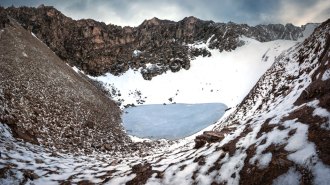 Humans
HumansIndia’s Skeleton Lake contains the bones of mysterious European migrants
Not all of the hundreds of skeletons found at a north Indian lake are from the same place or period. What killed any of these people is still unknown.
By Bruce Bower -
 Life
LifeBig and bold wasp queens may create more successful colonies
A paper wasp queen’s personality and body size could help predict whether the nest she has founded will thrive.
-
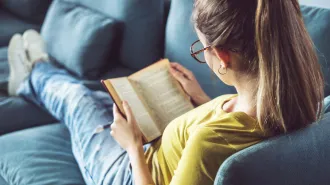 Neuroscience
NeuroscienceImaging scans show where symbols turn to letters in the brain
Scientists watched brain activity in a region where reading takes root, and saw a hierarchy of areas that give symbols both sound and meaning.
-
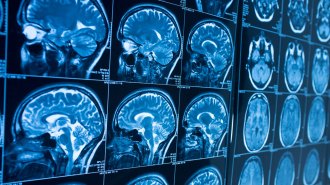 Life
LifeElectrodes show a glimpse of memories emerging in a brain
Nerve cells in an important memory center in the brain sync their firing and create fast ripples of activity seconds before a recollection resurfaces.
-
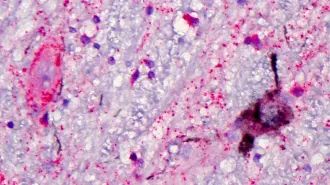 Life
LifeAlzheimer’s targets brain cells that help people stay awake
Nerve cells in the brain that are tied to wakefulness are destroyed in people with Alzheimer’s, a finding that may refocus dementia research.
-
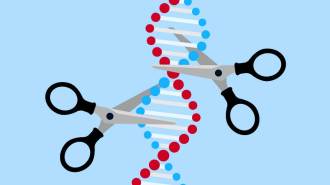 Life
LifeCRISPR enters its first human clinical trials
The gene editor will be used in lab dishes in cancer and blood disorder trials, and to directly edit a gene in human eyes in a blindness therapy test.
-
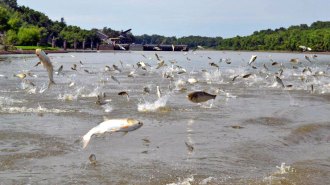 Life
LifeA mussel poop diet could fuel invasive carp’s spread across Lake Michigan
Asian carp, just a human-made waterway away from reaching Lake Michigan, could live in much more of the lake than previously thought.
-
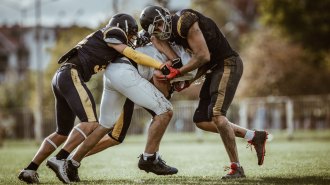 Humans
HumansEven without concussions, just one football season may damage players’ brains
A group of college football players underwent brain scans after a season of play. The results suggest the sport could impact neural signaling.
-
 Neuroscience
NeurosciencePlants don’t have feelings and aren’t conscious, a biologist argues
The rise of the field of “plant neurobiology” has this scientist and his colleagues pushing back.
-
 Life
LifeHow these tiny insect larvae leap without legs
High-speed filming reveals how a blob of an insect can leap more efficiently than it crawls.
By Susan Milius